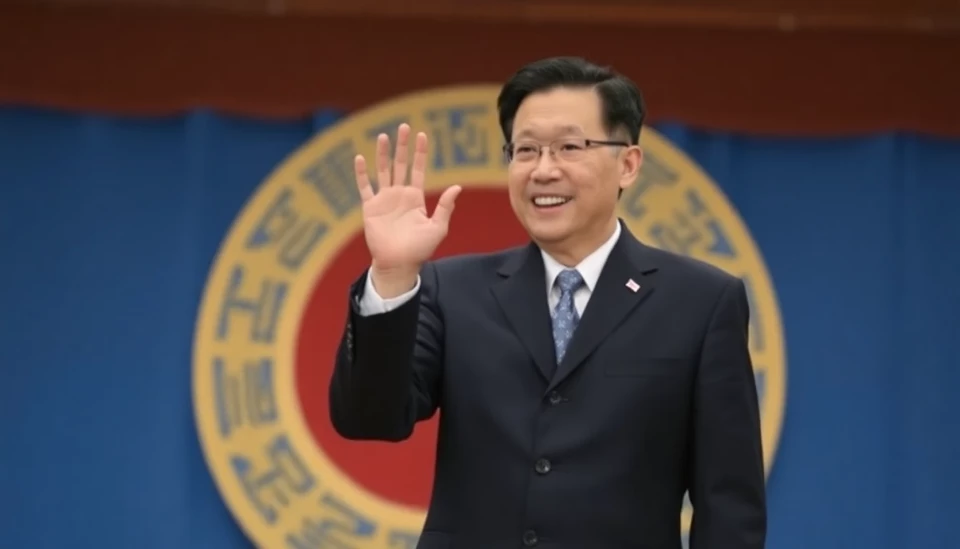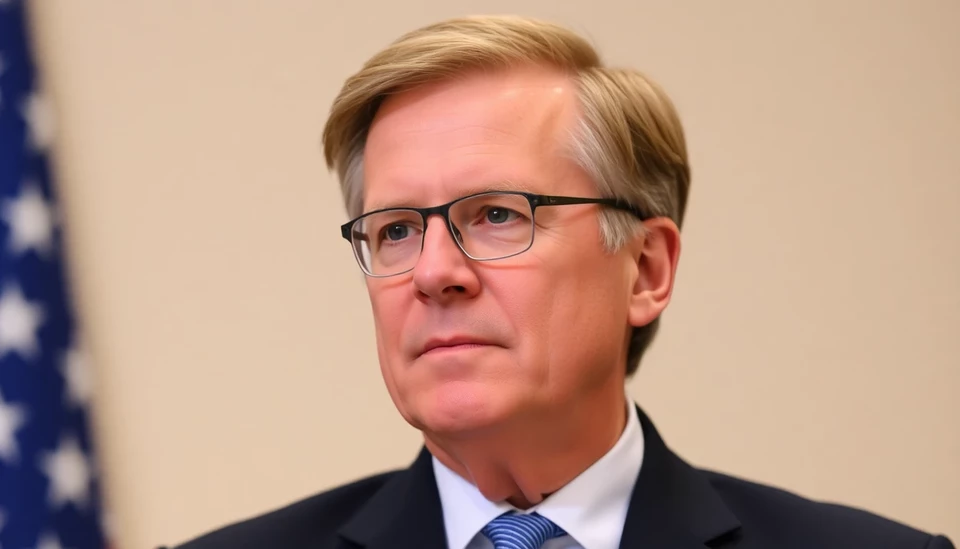
In a bold move signaling a commitment to sustainable energy, Korea's presidential lead has publicly vowed to accelerate the Green Shift initiative. This strategic focus on environmental sustainability aims to address the pressing challenges of climate change and energy security, showcasing the administration's dedication to a cleaner, greener future. However, the recent announcement has drawn scrutiny for its conspicuous omission of nuclear energy — a contentious yet pivotal element in the nation’s energy landscape.
During a recent press briefing, the presidential lead outlined a series of ambitious plans designed to enhance renewable energy production, improve energy efficiency, and push for technological innovations within the green sector. These plans include significant investments in solar and wind energy, with an emphasis on reducing dependency on fossil fuels and fostering a robust framework for sustainable energy practices. The government aims to position Korea as a leader in the global green economy, with aspirations of not only meeting domestic energy demands sustainably but also exporting green technologies to other nations.
Despite the enthusiasm surrounding these initiatives, analysts have expressed concerns regarding the omission of nuclear power in the discussion. Nuclear energy has historically played a central role in Korea's energy strategy, providing a reliable source of low-carbon electricity. Critics argue that excluding nuclear from the conversation could jeopardize energy stability, especially as the country aims to transition away from coal and other fossil fuels.
In times of increased global energy demand and heightened climate crises, the strategic choices made by governments hold significant weight. The Korean administration appears to be walking a tightrope in balancing the need for immediate energy transition against the realities of energy supply and grid stability. The absence of nuclear power from their green energy plan raises questions about the feasibility of achieving their ambitious goals without it.
In light of these complexities, economists and energy experts are calling for a more comprehensive energy strategy that embraces a spectrum of energy sources, including both renewables and nuclear power. Proponents of nuclear energy argue that it should be viewed not as a competing source but as a complementary ally in the transition towards sustainable energy solutions. The ongoing discourse presents a challenge for the Korean government as it navigates public sentiment, economic implications, and environmental responsibilities.
As the government moves forward with its Green Shift ambitions, stakeholders from various sectors will be watching closely to see how this initiative unfolds. The success of the plan hinges not only on financial commitments and technological advances but also on the government's ability to engage with critics and incorporate a balanced energy strategy that can satisfy both ecological goals and the need for reliable energy security.
In conclusion, Korea's pathway towards a greener future appears exciting yet fraught with challenges, notably the need to address the role of nuclear power within this transformative agenda.
#KoreaEnergy #GreenShift #SustainableFuture #NuclearEnergy #ClimateChange #RenewableEnergy
Author: John Harris




